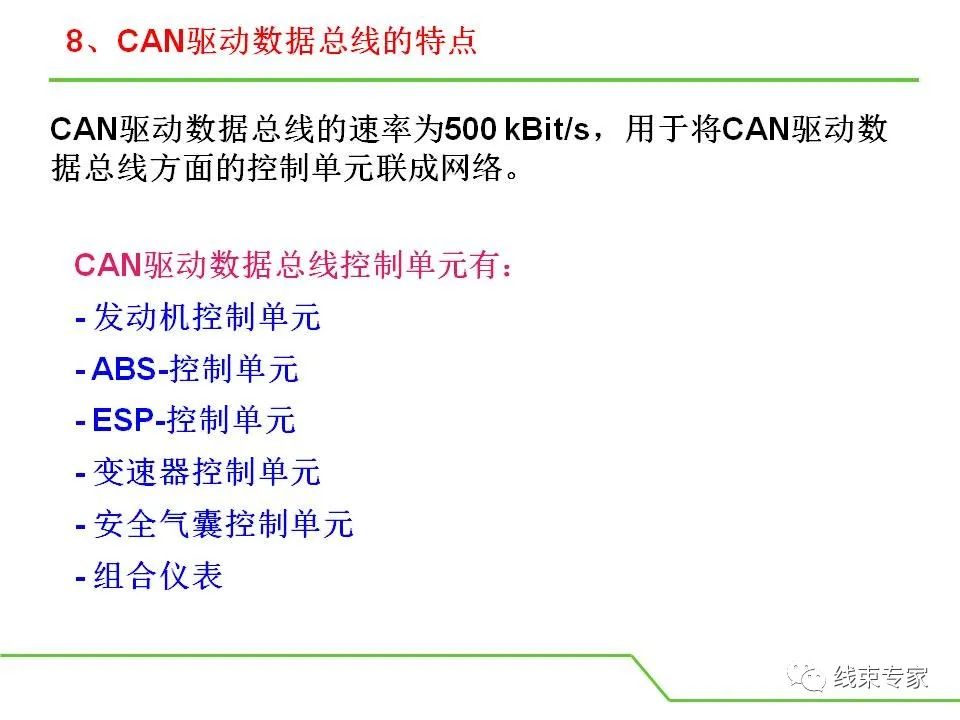Can You Remove PMI From an FHA Loan: A Comprehensive Guide
Title Rewrite: "Eliminating PMI on FHA Loans: Strategies and Benefits"**Introduction**Homeownership is the American dream, and for many, the Federal Housing……
Title Rewrite: "Eliminating PMI on FHA Loans: Strategies and Benefits"
**Introduction**
Homeownership is the American dream, and for many, the Federal Housing Administration (FHA) loan is a gateway to this dream. FHA loans are particularly attractive to first-time homebuyers and those with lower credit scores, as they require less of a down payment and have more flexible credit requirements. However, like most loans, FHA loans come with private mortgage insurance (PMI), which can add thousands of dollars to your overall mortgage costs. The good news is that there are ways to remove PMI from an FHA loan, saving you money and making your mortgage more manageable. In this guide, we'll explore the strategies for eliminating PMI, the benefits of doing so, and how to ensure you're eligible for PMI removal.
**Understanding PMI on FHA Loans**
PMI is an insurance policy that lenders require from borrowers who finance a home with less than 20% down payment. On FHA loans, PMI is necessary because the down payment is typically less than the standard 20%. The purpose of PMI is to protect the lender in case the borrower defaults on the loan. While PMI is mandatory during the initial term of the loan, it can be removed once certain conditions are met.

**Strategies for Removing PMI**
1. **Make Extra Payments:** One of the most common ways to remove PMI is to make extra payments toward your principal balance. These additional payments reduce the loan-to-value (LTV) ratio, which is the ratio of your mortgage balance to the value of your home. Once your LTV ratio drops below 78.2%, you become eligible to request PMI removal. Some lenders allow you to automate these extra payments, making the process easier.
2. **Refinance Your Loan:** Refinancing your FHA loan can also help you remove PMI. When you refinance, you essentially take out a new loan to pay off your existing one. If you have a good credit score and a low mortgage rate, refinancing can save you money on interest and remove PMI. Be sure to shop around for the best refinance rates and terms.
3. **Maintain a Low LTV Ratio:** To avoid having to pay PMI in the future, it's important to maintain a low LTV ratio. This means continuing to make your regular mortgage payments and, if possible, making additional principal payments. Keeping your home value stable or increasing it through improvements can also help maintain a low LTV ratio.

**Benefits of Removing PMI**
1. **Savings on Mortgage Costs:** PMI can add hundreds or even thousands of dollars to your annual mortgage costs. By removing PMI, you'll save money that can be put towards other financial goals, such as paying off debt or saving for retirement.
2. **Reduced Monthly Payments:** Removing PMI can also reduce your monthly mortgage payments. This is because the insurance premium that was previously added to your monthly payment is now removed. This can make your mortgage more affordable and easier to manage.
3. **Improved Cash Flow:** By reducing your monthly mortgage payments, removing PMI can improve your cash flow. This extra money can be used for other expenses, such as home improvements or paying off other debts.

**Conclusion**
Removing PMI from an FHA loan can be a smart financial move, saving you money and making your mortgage more manageable. By making extra payments, refinancing your loan, or maintaining a low LTV ratio, you can become eligible for PMI removal. The benefits of removing PMI include savings on mortgage costs, reduced monthly payments, and improved cash flow. If you're considering removing PMI from your FHA loan, be sure to consult with a financial advisor or mortgage professional to determine the best strategy for your specific situation.